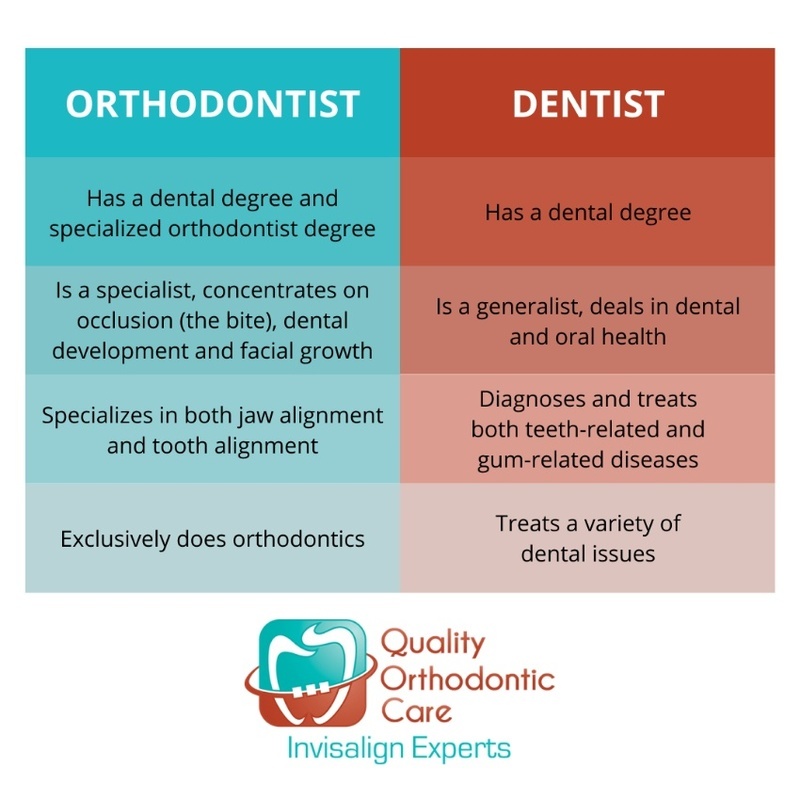All about Causey Orthodontics
Table of ContentsThe Ultimate Guide To Causey OrthodonticsSome Known Details About Causey Orthodontics What Does Causey Orthodontics Do?What Does Causey Orthodontics Mean?All about Causey Orthodontics
Neglecting occlusal connections, it was typical to eliminate teeth for a selection of dental issues, such as malalignment or congestion. The concept of an intact teeth was not widely valued in those days, making bite connections appear irrelevant. In the late 1800s, the principle of occlusion was vital for creating trusted prosthetic substitute teeth.As these concepts of prosthetic occlusion proceeded, it became an indispensable device for dental care. It was in 1890 that the work and influence of Dr. Edwards H. Angle began to be really felt, with his contribution to modern-day orthodontics especially significant. Concentrated on prosthodontics, he instructed in Pennsylvania and Minnesota prior to routing his attention towards oral occlusion and the therapies needed to preserve it as a regular condition, therefore coming to be known as the "dad of modern-day orthodontics".

The concept of suitable occlusion, as proposed by Angle and included into a classification system, enabled a shift towards dealing with malocclusion, which is any type of discrepancy from normal occlusion. Having a complete collection of teeth on both arcs was extremely searched for in orthodontic therapy as a result of the requirement for exact partnerships between them.
Causey Orthodontics - Questions
As occlusion ended up being the vital priority, face proportions and visual appeals were disregarded - orthodontist services. To accomplish excellent occlusals without utilizing outside pressures, Angle proposed that having perfect occlusion was the most effective means to gain optimal facial looks. With the passing of time, it ended up being fairly evident that also an outstanding occlusion was not ideal when thought about from a visual viewpoint
Charles Tweed in America and Raymond Begg in Australia (who both examined under Angle) re-introduced dentistry extraction into orthodontics during the 1940s and 1950s so they might enhance face esthetics while also ensuring better security worrying occlusal relationships. In the postwar period, cephalometric radiography begun to be made use of by orthodontists for gauging modifications in tooth and jaw setting triggered by growth and treatment. It became evident that orthodontic treatment can change mandibular advancement, resulting in the formation of functional jaw orthopedics in Europe and extraoral pressure actions in the United States. These days, both useful devices and extraoral tools are applied around the globe with the purpose of changing growth patterns and kinds. Subsequently, seeking true, or a minimum of boosted, jaw partnerships had become the major objective of treatment by the mid-20th century.
Causey Orthodontics Can Be Fun For Anyone
 The American Journal of Orthodontics was created for this purpose in 1915; prior to it, there were no scientific objectives to adhere to, nor any type of precise classification system and brackets that lacked functions. Till the mid-1970s, braces were made by covering metal around each tooth. With advancements in adhesives, it ended up being possible to instead bond steel brackets to the teeth.
The American Journal of Orthodontics was created for this purpose in 1915; prior to it, there were no scientific objectives to adhere to, nor any type of precise classification system and brackets that lacked functions. Till the mid-1970s, braces were made by covering metal around each tooth. With advancements in adhesives, it ended up being possible to instead bond steel brackets to the teeth.Andrews gave an informative definition of the excellent occlusion in permanent teeth. This has had significant results on orthodontic treatments that are provided on a regular basis, and these are: 1. Proper interarchal relationships 2. Correct crown angulation (suggestion) 3. Right crown disposition (torque) 4. No turnings 5. Tight contact factors 6. Flat Curve of Spee (0.02.5 mm), and based on these principles, he uncovered a therapy system called the straight-wire device system, or the pre-adjusted edgewise system.
The advantage of the design depends on its brace and archwire mix, which calls for just very little cable bending from the orthodontist or clinician (best orthodontist near me). It's aptly called after this function: the angle of the slot and density of the brace base eventually determine where each tooth is positioned with little demand for extra adjustment
4 Easy Facts About Causey Orthodontics Explained
Both of these systems utilized the same brackets for each and every tooth and required the bending of an archwire in 3 airplanes for finding teeth in their wanted placements, with these bends determining utmost positionings. When it pertains to orthodontic appliances, they are split into 2 kinds: removable and dealt with. Removable home appliances can be taken on and off by the individual as called for.

Hence, mostly all modern set home appliances can be considered variants on this edgewise home appliance system. Early 20th-century orthodontist Edward Angle made a major payment to the world of dental care. He created 4 distinct device systems that have been made use of as the basis for lots of orthodontic therapies today, preventing a few exemptions.
Some Ideas on Causey Orthodontics You Need To Know

The cable ended in a string, and to relocate it forward, a flexible nut was made use of, which enabled an increase in circumference. By ligation, each specific tooth was affixed to this expansive archwire (best orthodontist). Due to its limited range of movement, Angle was unable to accomplish precise tooth placing with an E-arch
These tubes held a soldered pin, which can be repositioned at each visit in order to move them in area. Dubbed the "bone-growing device", this contraption was supposed to encourage much healthier bone growth due to its possibility for transferring force straight to the roots. Nevertheless, implementing it verified problematic in truth.